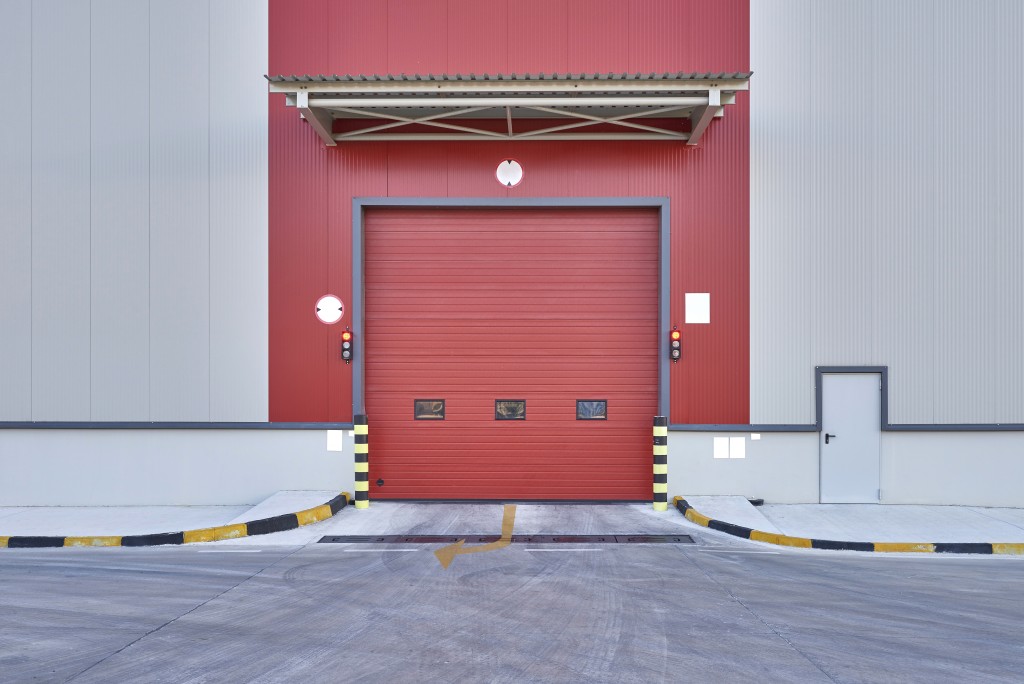
- Assess current operations through business audits and customer feedback analysis for improvement areas identification.
- Embrace technology for automation, operational streamlining, and error reduction in delivery processes.
- Use GPS tracking systems for real-time fleet management and delivery time accuracy.
- Implement route planning software to optimize travel times, reduce fuel costs, and enhance customer satisfaction.
- Choose delivery trucks according to cargo needs, delivery size, and distance for efficient transportation.
As a delivery business owner, you may need help to keep up with customer demand and expectations. Customers expect their orders to arrive quickly and seamlessly in today’s fast-paced world. However, maintaining efficiency can be challenging, especially if you need help knowing where to start.
Efficiency is essential in the delivery business. If you waste time, money, or resources, it can cost you customer satisfaction and ultimately affect your bottom line. Inefficient operations can cause delays, missed deadlines, and lost customers, which can ripple effect on your reputation.
On the other hand, when your operations are streamlined, your business runs like a well-oiled machine, allowing you to deliver quality products and services to your customers.
This blog post will outline some practical steps to help you make your delivery business more efficient.
Assessing Your Current Operations
Before making any changes, you need to assess your current operational processes. This involves examining everything from how you handle inventory management to the way you schedule your truck routes. This step is essential in identifying the areas where your business can benefit from increased efficiency.
Conducting a Business Audit
A business audit is one of the best ways to assess your business operations. A business audit allows you to evaluate your business’s performance against industry standards and identify potential areas for improvement.
It may involve analyzing inventory levels, delivery times, and employee productivity. By conducting a business audit, you can identify which processes are working well and which need improvement.
Customer Feedback Analysis
Another critical step in assessing your business operations is analyzing customer feedback. Customer feedback can provide valuable insights into areas where your business may be lagging.
By collecting and analyzing customer feedback, you can identify patterns, trends, and areas of concern. This step is valuable in helping you understand your customer’s needs and expectations and can help you develop practical solutions to address any issues.
Technology Integration
Technology plays a significant role in making delivery businesses more efficient. Integrating technology into your business can help automate tasks, streamline operations, and reduce errors. There are many types of technology that you can use to improve your delivery business, including:
GPS Tracking Systems
GPS tracking systems allow you to keep track of your fleet in real-time. Not only does this help you manage your drivers more effectively, but it also allows you to provide accurate delivery times to your customers. GPS tracking systems can also help you reduce fuel costs by optimizing routes and preventing unnecessary idling.
Route Planning Software
Route planning software can help you optimize truck routes to minimize travel times and fuel costs. This software considers traffic, weather conditions, and delivery schedules to provide the most efficient routes.
Using route planning software can reduce delivery times, improve customer satisfaction, and increase your business’s efficiency.

Types of Delivery Trucks
There are several types of delivery trucks that can be used to transport goods. The type of truck you choose will depend on the size and weight of the items you are transporting, the distance you are traveling, and any special requirements you may have. Here are some of the most common types of delivery trucks:
Cargo Vans
Cargo vans are ideal for smaller deliveries in urban areas. They are more maneuverable than larger trucks and can fit tight spaces and narrow streets.
Moreover, cargo vans are also more fuel-efficient than larger trucks, saving your business money on fuel costs. A cargo van may be your best option if your business primarily provides delivery services to urban areas.
Box Trucks
Box trucks are suitable for medium-sized loads and longer distances. This is larger and more spacious than cargo vans, which makes them ideal for transporting more oversized items. Box trucks also have a higher weight capacity than cargo vans, which makes them suitable for hauling heavy cargo.
Refrigerated Trucks
You will need a refrigerated truck transporting perishable food or medicine. These trucks are designed to maintain a specific temperature range to keep your goods fresh and prevent spoilage. There is a wide variety of refrigerated trucks in different sizes and configurations, allowing you to select the one that perfectly caters to your specific requirements.

In conclusion, making your delivery business more efficient is vital to ensuring you provide quality services to your customers while remaining profitable. Assessing your current operations, conducting a business audit, and analyzing customer feedback is essential in identifying areas where your business can benefit from increased efficiency.
Integrating technology into your business, such as GPS tracking systems and route planning software, can help streamline operations and improve efficiency. By taking these steps, you can stay ahead of the competition and position your business for long-term success.


